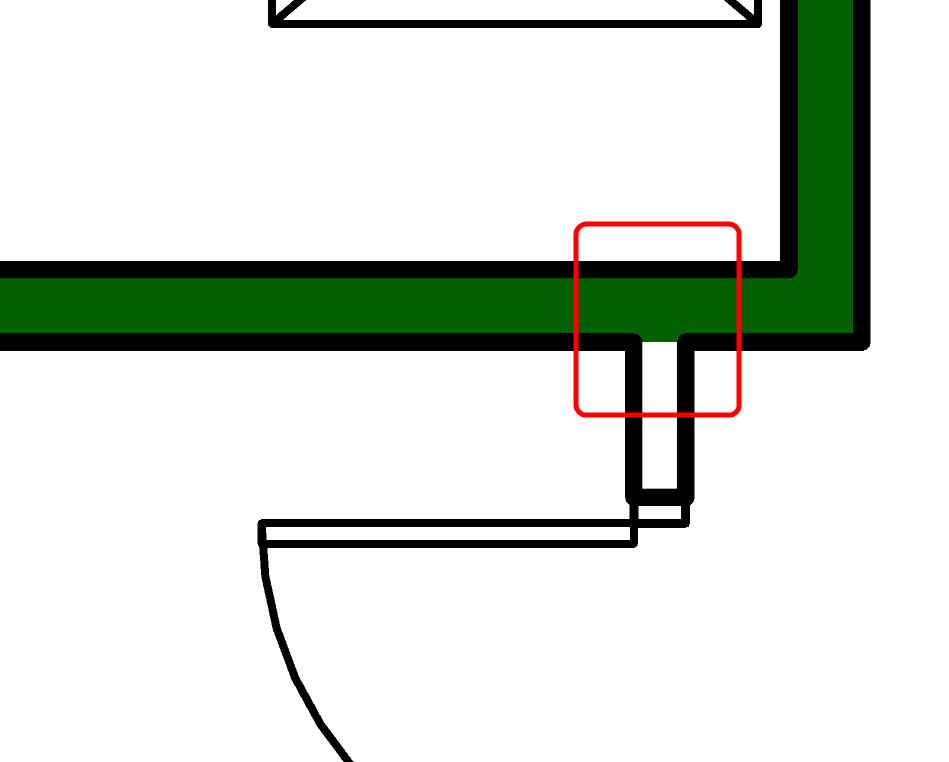
Also, be wary of the types of components you’re grouping together. If it seems like your group could be made into a static family, it probably should be. Use groups sparingly and with good reason. Groups always seem like a great idea at first, but they wind up functioning differently than you expect them to. Try using locks only when you’re building families in the family editor.

Also, if one of your grids or special items gets moved out of position, you run the risk of moving all of your grids if they’re locked together, catastrophically damaging your model instead of just having one grid out of place.

When you have a lot of items locked, Revit has a lot of reviewing to do. Locking components to other components causes Revit to review the locked relationship every time you modify one of the items you’ve locked. When you create important things like grids or levels, the tendency is to want to lock them. If a component you need accidentally gets purged, it can always be loaded back in. Keeping a small collection of items you are sure you’ll need in the future is ok, but keeping every piece of casework you loaded just in case you need it someday is not. This doesn’t mean we shouldn’t design wild curvy ceilings, it just means we should keep an eye on how that ceiling is impacting the file.ĭon’t be a hoarder when it comes to Revit families in your model. Complicated sketches using a lot of splines require Revit to process more information. This means roofs, floors, ceilings, filled regions, ramps, stairs and any other item that put you into pink lined sketch mode. Try keeping the philosophy of “name it or delete it” when it comes to views to keep your model in check as you go. Once you’re done using the section you cut to quickly check something, make sure to delete it.

This is great, however, an excessive amount of views-especially 3D perspective or isometric views-can weigh a model down. You can create sections, elevations and 3D views with the blink of an eye. Revit is amazing when it comes to creating views. Beware of items that come from RevitCity or manufacturers, as they typically are modeled with a lot of detail. If you keep the mantra of “Keep It Simple” and only model what you need/when you need it, you will wind up with a smaller, easier to use model. Yes, you can model every widget in that complicated piece of equipment, but should you? The answer is most likely no. Revit is capable of modeling many complicated things AND make them parametric (changeable). More complicated warnings like ramp slope and stair riser warnings should get reviewed right away, because they require more complex calculations and can have a bigger impact on performance. The most common, benign and easiest to fix are warnings about rooms separation lines overlapping each other or walls and warnings saying that two items have the same type mark. Take a moment to check how many you have in the model and the “quality” of those warnings. If left unchecked for too long, you can amass 700, 800 or even 1000 warnings-which can make your model slow and cumbersome, because it keeps looking to see if the “problems” have been fixed.

#REVIT WALL JOIN PROBLEMS FULL#
When working full steam for a deadline, it is easy to overlook some of the warnings Revit produces.


 0 kommentar(er)
0 kommentar(er)
